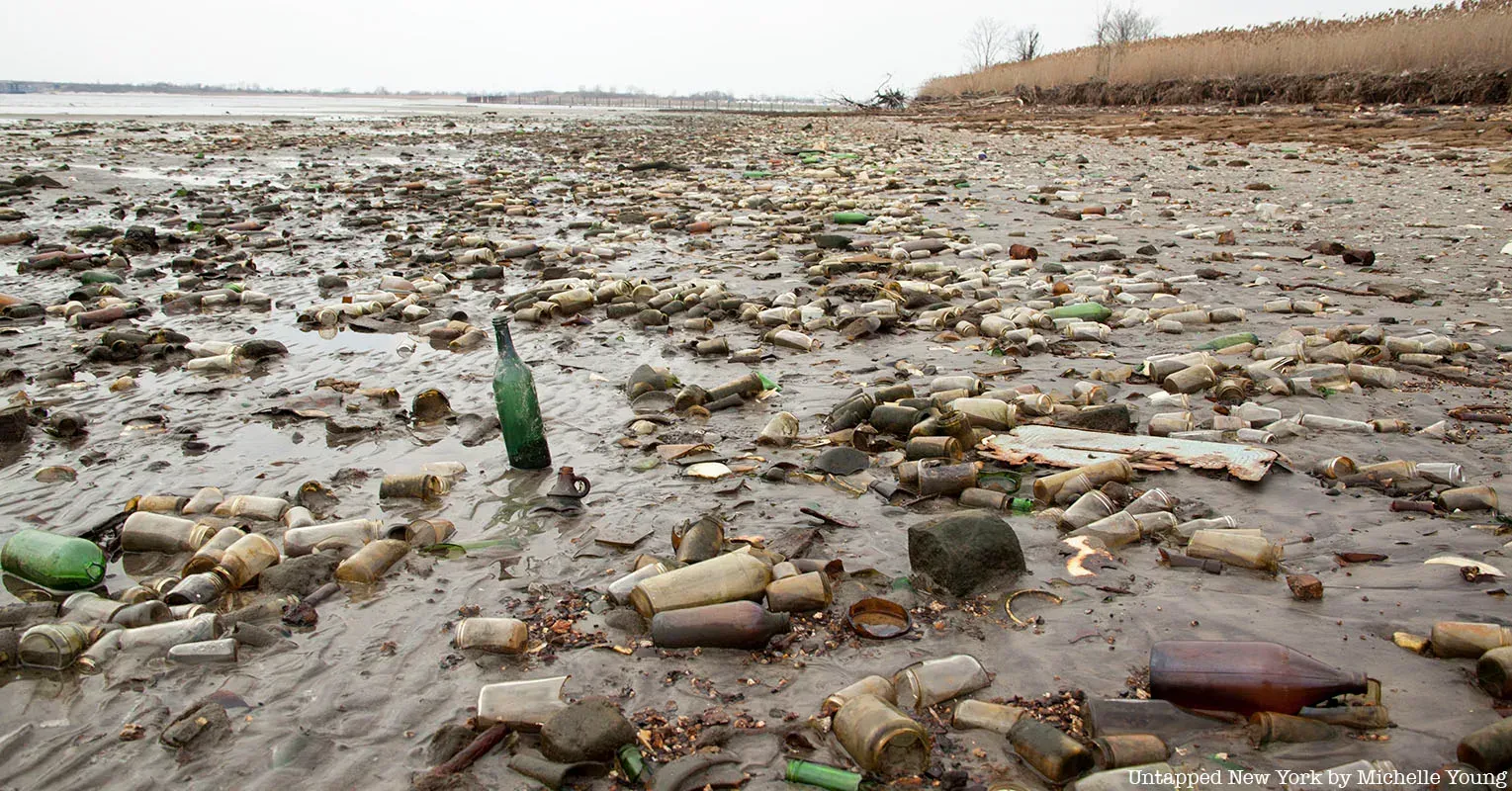Last-Minute NYC Holiday Gift Guide 🎁
We’ve created a holiday gift guide with presents for the intrepid New Yorker that should arrive just in time—

Do you live near a CSO (Combined Sewer Outflow)? Learn what a recent Supreme Court ruling might mean for the safety and quality of NYC's bodies of water.

New York City’s weather patterns are becoming increasingly volatile. Last year, the city experienced a severe drought, which led to one of the worst years for wildfires on record. But the years preceding were wet, with big storms frequently overburdening the city’s sewer system. After a new Supreme Court ruling, some of the guardrails are off on limits to how much of that excess sewage flows into the city’s waterways.
New York has a combined sewer system, which means there is one pipe that carries both wastewater and sewage to treatment plants across the city. But when there is more water than the system can handle, the runoff sewage flows directly into the city’s bays, creeks, and rivers. Every year, billions of gallons of raw sewage mixed with runoff are dumped into New York City waterways.
That means pollution and poor water quality for New Yorkers. In recent years, the number of combined sewer outflow events decreased steadily, a change that the state Department of Environmental Conservation (DEC) credited to abatement requirements in permits and enforcement. But climate change is causing bigger storms that threaten to overwhelm the system. And now, the law regulating discharges is shakey.
New York’s permitting program was approved by the United States Department of Environmental Protection and cleared protections in the Clean Water Act. However, the Supreme Court’s early March ruling in San Francisco v. EPA weakened the ability of the agency to prevent pollution in waterways through permitting rules.
The weakening of the rules “risks allowing more harmful pollutants into rivers and lakes. This could harm water quality for millions, particularly in rural, low-income, and communities of color, who are disproportionately impacted by pollution,” read a statement from the Waterkeeper Alliance, a network of Clean Water advocates, in response to the ruling.

San Francisco argued that rules imposed by the EPA on how much the city and “other similarly situated cities, including New York,” could discharge into waterways overstepped the agency’s authority. The court agreed, throwing New York’s wastewater permit regime into limbo. It remains to be seen if New York will continue to follow its existing permitting standards and how existing state statutes may affect potential discharge policy.
One state rule requires public reporting whenever sewers overflow into bodies of water and threaten water quality. Poor water quality can make it dangerous to swim. In 2022, the city’s 25 beaches were closed 244 times.
The city is under a consent order to monitor and reduce the amount of sewer discharge in the city’s waterways. But the city hasn’t always been good about notifying the public, as required by law. The state lost a 2023 case when it failed to provide information on the nature, time, and duration of discharges. Twitter user Neil Freeman made a bot that logs all the waterbody advisories and shared the data from 2017-2023 with Untapped New York.
New York’s Flushing and Jamaica Bays are two hotspots for sewer runoff. With multiple tributaries flowing into each body, stormwater mixes with sewage and trash on the street to flow into the bays. In 2018, the most recent year of data available through Open Sewer Atlas, the city dumped 2.4 billion gallons of runoff water into Flushing Bay alone.
Several other creeks and canals in Newtown and Gowanus also had over 1,000 advisories during the period. Poor water quality also threatened some of the city’s beaches, with hundreds of advisories near Coney Island and Brighton Beach and more than 200 advisories near the Bronx’s Orchard Beach.
“It’s tragic that more than 50 years after passage of the federal Clean Water Act, the City of New York continues to dump billions of gallons of raw sewage mixed with stormwater into local waterways each year,” said Daniel E. Estrin, general counsel and legal director, Waterkeeper Alliance in a 2023 statement criticizing DEP for lack of action.
Leaders say the best way to prevent overflows is to stop them before they happen. New York is a concrete jungle, but turning more of that concrete into green space will help absorb runoff rainwater before it gets into the sewer system. More parks, green space, and street interventions like bioswales that soak up rainwater will help prevent runoff from overwhelming sewers in the first place.
Bioswales have been a focus for the city’s DEP. “We are growing the network of bioswales that we have. We're just over the 10,000 mark, 13,000 that we have so far,” said Deputy Commissioner at New York City Department of Environmental Protection Anastasios Georgelis at a recent City Council hearing.
More infrastructure, like expanding the capacity of wastewater treatment facilities or creating more water storage tunnels and tanks for periods of high rainfall, could also help.
Spring is here, and New York is warming up. If you’re planning to swim in any of New York’s waterways this summer, make sure to check if it’s safe first.
Next, read about efforts to enliven NYC’s waterfronts or check out the hidden beaches of NYC.
Subscribe to our newsletter